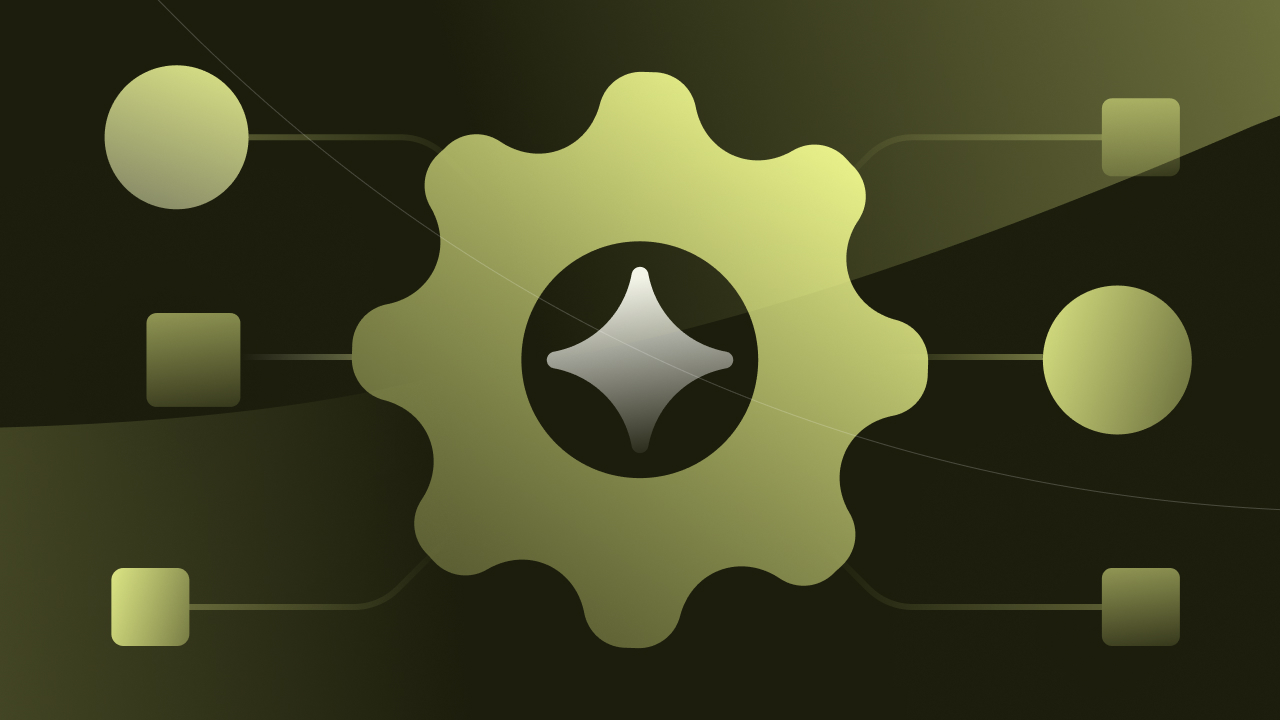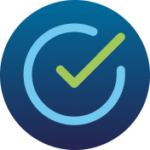
I woke up late today. Remembered and chuckled at the dream I had. As usual it made no sense when I woke up, but it was creative nonetheless. I’ve had my share of good ideas from dreams, but about 99% of the ideas are usually hilariously bogus.
There is something surreal when the logical brain processes the remnants of a dream. When we wake up, our awareness of social norms and logical thinking gets engaged. It shoots down most thoughts that were seemingly plausible just minutes ago in a dream. Why are dreams so unhinged? Maybe the logical brain needs to rest more than the creative brain? Maybe creativity is natural and logical thinking is something that is much harder to come by and hence more taxing. Or are dreams an evolutionary tool, a place for us to experiment without cost – beyond social norms, and beyond rules and regulations? When we wake up we can review the dreams and either toss them out, or follow one of them and change the world. Whatever be the reason, what is more interesting is that, as we speak, thousands of machines have started dreaming, and soon dreaming machines will become ubiquitous.
I am referring to ChatGPT, Stable Diffusion, Dall.E-2 and other generative AI. These are machines built to mimic the human brain. Just like the human brain they have copious knowledge distilled into intuition and memory, and when invoked with minimal inputs they start dreaming up outputs that are both as creative and plausible as dreams.
Dall.E-2 will dream up beautiful pictures, and I use my awake brain to choose which one is good for my marketing campaign, and if I don’t like anything I ask it to dream again. ChatGPT can dream up a script for a blog, and if I don’t like it I ask it to dream again. The more creative these “dreaming machines” are, the more out of the box ideas I can get. However, I must be ready to review all the ideas and make sure it aligns with what I think is acceptable for the job.
Generative AI + Human Review: The Challenge
This negotiation between a creative machine and the human reviewer works beautifully for the creative arts like painting, music, literature, and motion videos. Everyone is now an artist as long as they can describe what they want and can choose the right result from what the machine dreams up. However, these arts comprise a very small subset of the GDP of the world which predominantly is the output of machines driven by humans. In the industrial revolution we stopped depending on the physical power of humans and farm animals. We built machines that increasingly became much stronger than humans who instead of toiling themselves, got into the driver’s seat of these machines. Whether it was the steering wheel of a tractor in a farm, or the control panel in a factory, or a cockpit in an airplane, or the keyboard of a computer, humans have become adept at driving machines.
The real revolution waiting to happen is when these dreaming machines will start driving these other machines. But isn’t that a scary proposition? Will AI really unseat humans from the driving seat? It is unlikely that we will be comfortable doing that. Look at the discomfort around self-driving cars even when it isn’t running on a generative AI engine. If there is anything to learn from our own brains, you cannot blindly trust dreams. There needs to be a logical review and control in the hands of humans.
What if we keep the generative AI in a safe bubble like in the movie, Minority Report. The “PreCogs” could generate plans to drive the machine around us, but instead of giving the generative AI direct access to APIs, we would have humans review it first. Just like I reviewed the Dall.E-2 painting I used in this article. That should work. Right? Yes, but there is a problem!
Bringing Generative AI to The Enterprise Safely: The OS for Cognition
The challenge is that machines only understand programming languages and APIs. Generative AI can generate code to achieve the end result of what we want the machines to do, but reviewing that plan is a highly skilled job suitable only for a developer. Unlike the creative arts where the output can be reviewed by anyone, plans generated to run machines around us will not be natural to most humans. So, to democratize the power of generative AI, we need to enable everyone to review the plan of what the machine is going to do and make edits as required. This plan must be in natural language for people, not computer code.
Natural language will be the language that forms the bridge of communication and trust between humans and machines. While Generative AI is already able to generate plausible plans in English, we need a logical system that can understand and run the plan faithfully while reducing ambiguity. When the generated plan hits a roadblock, the creative engine kicks in and proposes an alternative path, which the logical engine diligently follows. This interplay of creativity and logic is what sets humans apart from all other animals and machines thus far. It also lays the path forward for subsuming super-intelligent AI into the fabric of our society.
At Kognitos, we, the PreKogs, are building such an OS for cognition: The world’s first combination of Generative AI and Logical execution built to bring the power of AI to all enterprises. Our first step is to unlock automation for all users with the power of LLMs. We envision a future of abundance and safe harmony between humans and machines with humans comfortably in the driver’s seat.
Want to Unlock the Power of Generative AI for Your Business Today
Discover the Power of Kognitos
Our clients achieved:
- 97%reduction in manual labor cost
- 10xfaster speed to value
- 99%reduction in human error









